Explore Our Online Practitioner Directory Now.
Lyme Disease: Symptoms, Diagnosis, and Treatment Options

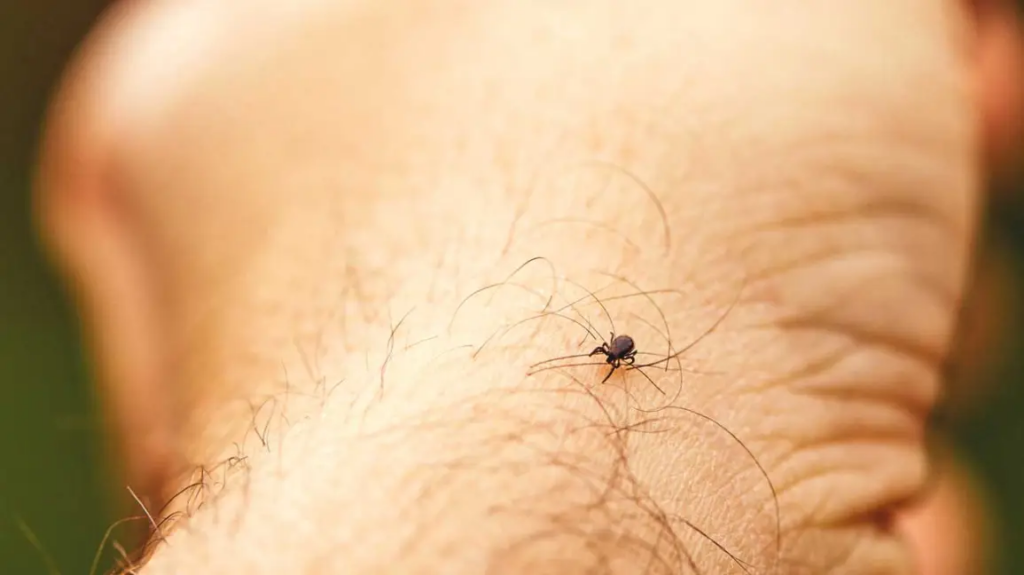
Thousands of people are affected by lyme disease annually. It is crucial to get informed about lyme disease symptoms, diagnosis and treatment options. This article is the right place to help you understand more on lyme illness.
The bite of an infected black-legged tick causes lyme disease. It is a tick-borne illness that is mainly induced by the presence of the bacteria Borrelia burgdorferi. When people are engaged in outdoor activities, the chances are more to get exposed. Learning about the lyme condition and the areas where people get more exposed to such diseases can help to prevent it.
In case of lyme disease early detection is more crucial to avoid long-term health problems. Fever, exhaustion, and bull’s eye rash are the common indicators of this symptom. Getting informed and taking proactive steps is crucial to improve their health. Let’s deep dive into this blog and understand more on the symptoms, diagnosis, and treatment options of lyme illness.
Overview of Lyme Disease
Lyme disease is commonly found in places like North America and Europe. Bacteria named Borrelia burgdorferi and, rarely, by Borrelia mayonii, cause this infection. It is found that the ticks’ high activity rates during spring and summer periods in woody and grassy areas. This disease is named after it was first diagnosed in the place Lyme, a town in new London country, Connecticut.
This bacteria multiplies in our body systems, including the heart, joints, and nervous system and results in complications and serious illness.
Note that not all tick’s bites result in lyme illness. Knowing the risks, symptoms and Lyme treatment options is crucial to assist yourself and your loved ones to protect from such illnesses.
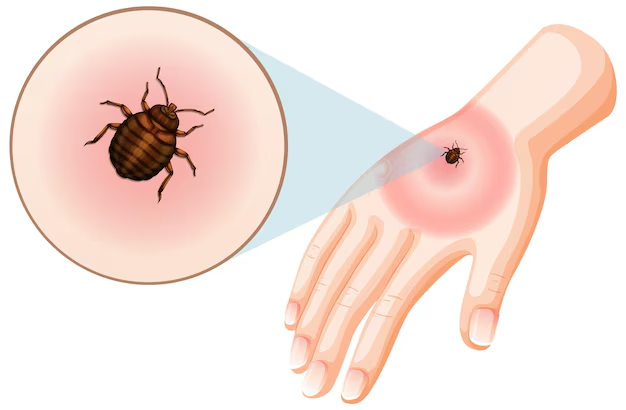
How Does Lyme Disease Occur?
Lyme disease occurs when an infected tick bites a human, it transmits the bacteria into the blood through its saliva. Here is how it happens.
Tick attachment to the human body:
The tick has to remain attached to the skin for a period of 36-48 hours to be able to transfer the bacteria.
Environmental Risks:
Spending long hours in a woody and grassy area, bushy lands, or forests expands the risk of tick infestation.
Transmission:
When the tick bites the bacteria known as Borrelia burgdorferi transmitted into the blood through the saliva while the tick is feeding.
After engaging in outdoor activities, make sure to check for ticks. If you find the tick and removing it immediately can eliminate the risk of infection.
Related Pages
How Ticks Transmit Lyme Disease >>
Borrelia Burgdorferi Bacteria in Lyme >>
Geographical Spots for Lyme Bacteria >>
Early Symptoms of Lyme Disease >>
Signs and Symptoms of Lyme Disease
It is common for people to confuse symptoms of lyme disease with other illnesses. So, it is significant to notice the early signs of lyme disease and confirm it. The signs include:
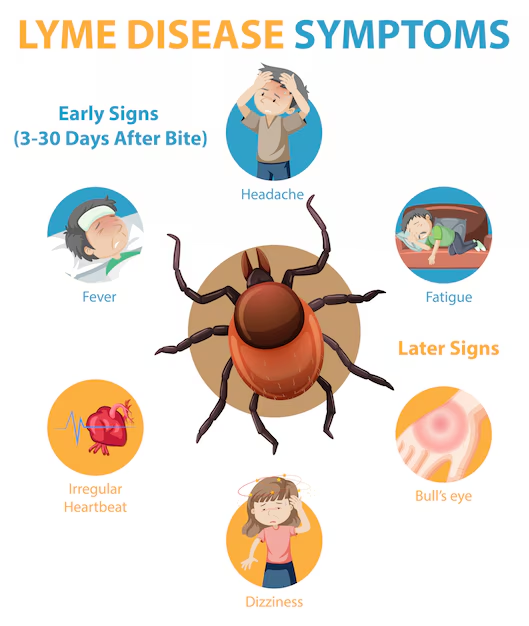
Early Symptoms (3-30 Days After Tick Bite)
Erythema Migrans (EM)
Nearly 70% – 80% of cases, bull’s eye rash (a ring-like red rash) is found at the area of tick bite and it expands over the days.
Flu-like Symptoms
Lyme illness resembles flu-like symptoms that includes fever, headaches, chills, fatigue, enlarged lymph nodes, and muscle soreness or joint pain
Later Symptoms (Weeks to Months After Tick Bite)
- Joint Pain and Swelling: Large joints such as knees get affected. It can be painful or swollen that persists for a long time or comes and goes. It is frequent in persons if not treated properly.
- Neurological Issues: When left untreated, people can experience neurological issues like facial palsy (one aspect of the face or both sides being temporarily paralyzed). It also includes headaches, meningitis, hand and feet numbness, and sensations around them.
- Heart diseases: When the illness persists for a long time it can even affect the cardiac functioning. It disrupts the electrical signals in the heart resulting in dizziness, fainting, or an irregular heartbeat. Even though this symptom is not common, it is a serious condition as it needs immediate medical intervention.
It is highly advised that they contact a healthcare professional and know the signs of Lyme conditions.
What Causes Lyme Disease?
The bacterium Borrelia burgdorferi is the primary cause of Lyme conditions. Some of the factors contribute to the risk of infection are as follows:

Geographical Location:
States such as the northeastern region and the upper midwestern region in the United States have a high degree of tick density. These areas where people will have a higher chance of getting infected.

Outdoor Activities:
Increasing chances of being exposed by hiking, camping, and gardening.
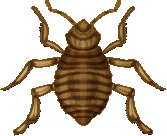
Tick Behavior
The nymphal stage or larval stages of a tick are the worst in transmitting the disease as they are so tiny that they are hard to notice.

Lack of Prevention
Since there are no specific clothes that protect or tick sprays to prevent lyme, they are more likely to get bitten.
Getting informed on these causes can help you to take preventative measures that reduce the risk of getting affected by lyme.
Stages of Lyme Disease
As the time progresses Lyme illness also progresses which is divided into three separate stages as follows:

Early Localized Stage
After the tick bite symptoms may appear in 3-30 days.
Its primary symptoms are bull’s eye rash and flu-like signs.

Early Disseminated Stage
This stage occurs weeks to months after the bite.
Symptoms may include enlarged Erythema Migrans (EM) rashes, joint pain, and neurological issues like facial palsy.

Late Disseminated Stage
Manifests months to years later if untreated.
Symptoms include chronic arthritis, severe neurological problems, and cognitive impairments.
Early diagnosis of Lyme illness during this period is crucial. Failure to identify it early significantly increases the likelihood of progression to its late stages.
How is Lyme Disease Diagnosed?
Lyme disease diagnosis involves clinical assessment and laboratory tests. Let’s look into how practitioners diagnose Lyme illness.

Medical History
The physician inquires about the health history and the developed symptoms.
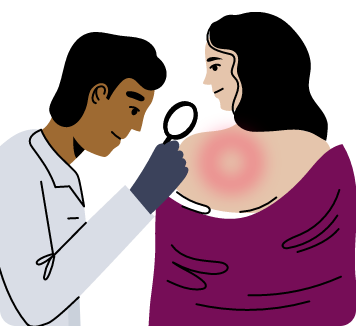
Physical Exam
Examine physically for the bull’s-eye rash or any other signs of Lyme condition.
Laboratory Tests
Some of the laboratory tests are advised like

ELISA Test
Assesses the presence of antibodies to Borrelia burgdorferi.
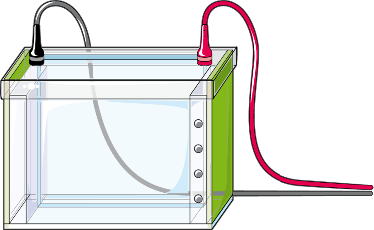
Western Blot
The confirmatory test for a positive ELISA test.
Treatment Options and Prevention
Lyme Treatment
Antibiotics
At an early stage of disease physicians give antibiotics. A regular 10-21 day course is advised.
Intravenous Antibiotics
In more serious and in the later identification affecting central nervous system or the heart, intravenous antibiotics are advised.
Pain Management
Over-the-counter medications and anti-inflammatories can treat joint pain and swelling.
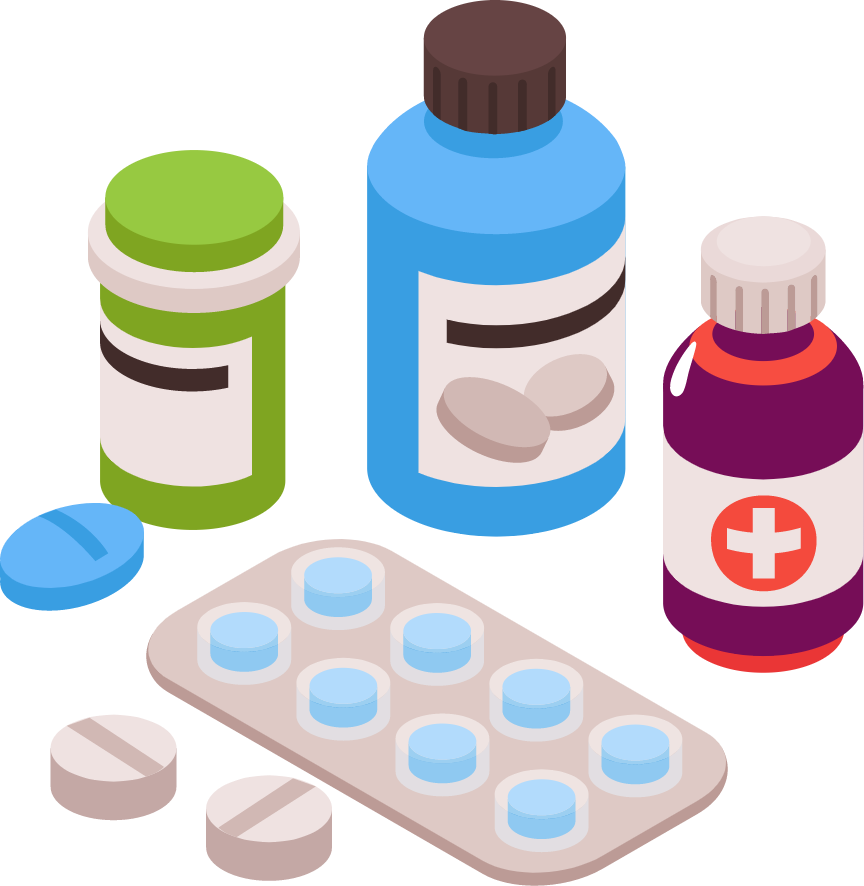
Prevention Strategies

Avoid Tick Habitats
Avoid going to wooded or grassy areas where ticks are highly populated and especially during the seasonal months.
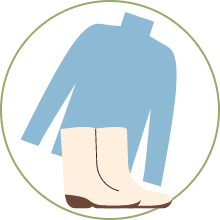
Wear Protective Clothing
Wear fully covered clothes like pants, long sleeves, and closed shoes.
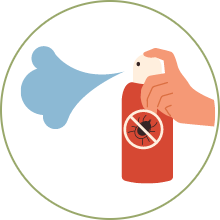
Use Tick Repellents
Use EPA-approved tick repellents. It must be applied on clothes and any exposed skin if going into areas where ticks are highly populated.
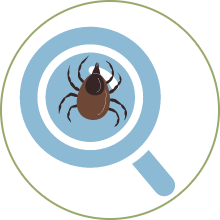
Conduct Tick Checks
If you are in a tick populated area ensure that you check yourself and your clothes completely once you are from outdoors. If you have pets that have ‘played’ in the outdoors make sure it has not been affected by the tick bite.

Maintain Your Yard
Keep your yard clean, remove the leaf debris and trimmings, and set aside areas free of ticks in your yard.
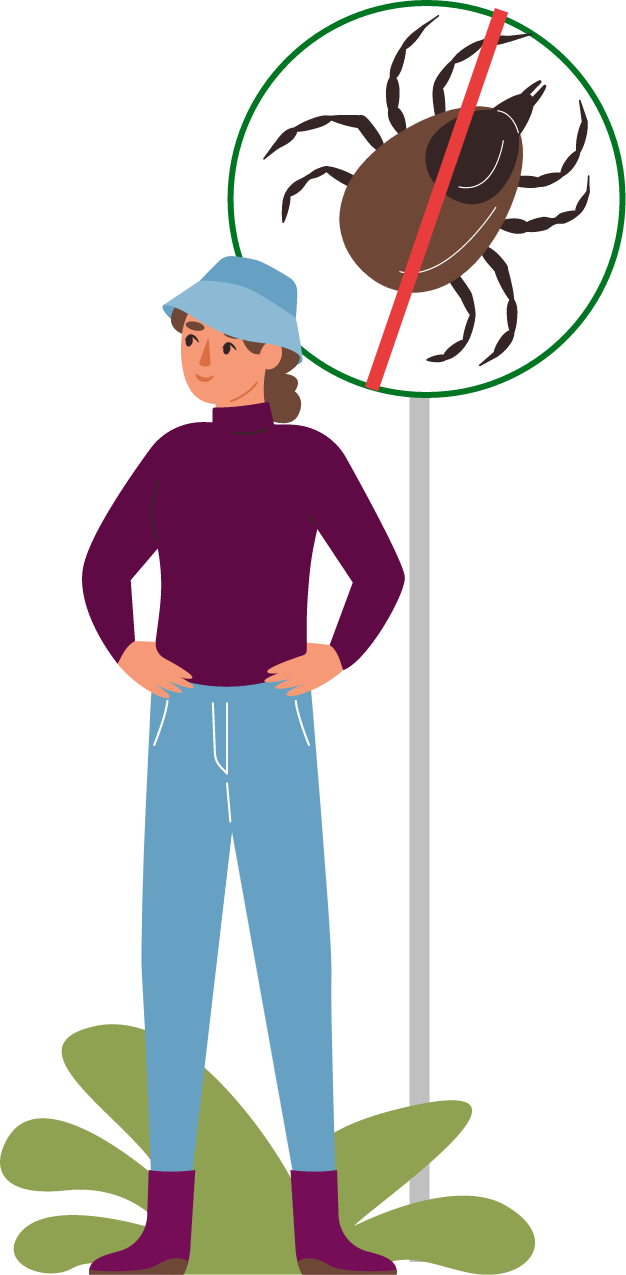
The Key Takeaway
Lyme disease is the tick-borne illness, it affects the individual seriously if left untreated or unnoticed. But it can be prevented and early detection can help to treat it effectively. Consider proactive measures such as using tick repellents, wearing protective clothing, and conducting regular tick checks after spending time outdoors to reduce your risk. Knowing the symptoms, diagnosis and treatment options helps with timely intervention and proper care which can help you effectively manage and recover from Lyme conditions.
